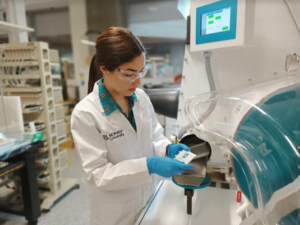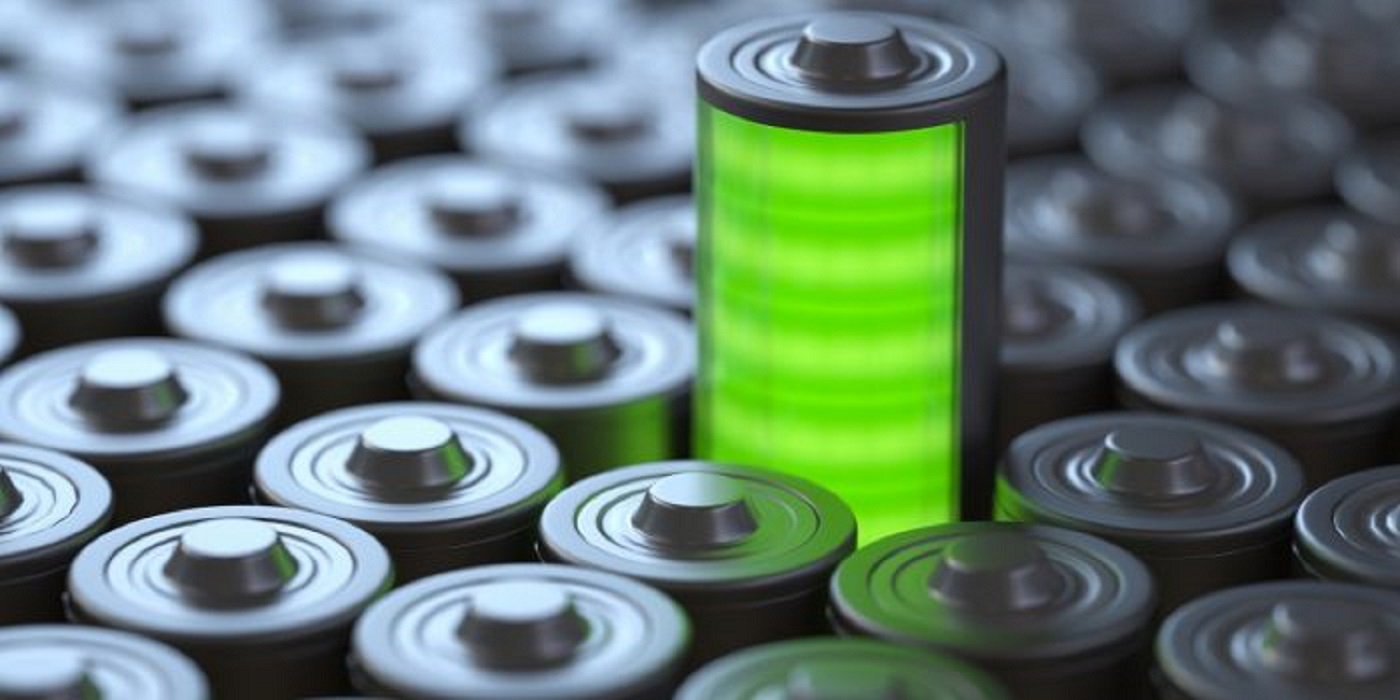By using a glucose-based additive on the positive electrode, researchers have managed to stabilize lithium-sulfur battery technology, long touted as the basis for the next generation of batteries. The sugar basically addresses the inherent stability issues, a move that keeps the experimental cells ticking across more than 1,000 cycles.

In less than a decade, this technology could lead to vehicles including electric buses and trucks that can travel from Melbourne to Sydney without recharging. It could also enable innovation in delivery and agricultural drones where lightweight is paramount.
Theoretically, Lithium-sulfur batteries may hold two to five times more power than lithium-ion batteries. But during use, the electrodes quickly deteriorated, and the batteries collapsed.

A team of experts at Monash University in Melbourne solved one part of this problem last year. Scientists have designed a particular binding agent that gives the sulphur particles greater space to spread safely during charging. As a result, a lithium-sulfur high-capacity battery was developed, which would last more than 200 cycles.

The researchers incorporated sugar into the electrode’s web-like design, which binds and generates web-like microstructures to help control the behaviour of the polysulfides. After 1,000 cycles, an experimental battery with the sugar additive had a capacity of around 700 mAh per gram.
“So each charge lasts longer, extending the battery’s life,” says first author and PhD student Yingyi Huang. “And manufacturing the batteries doesn’t require exotic, toxic, and expensive materials.”

Certain problems still need to be resolved before lithium-sulfur batteries are used in smartphones and electric vehicles. The goal is, however, that they can be used between charges for a far longer duration. Furthermore, the researchers claim that their recent study has taken a crucial step towards commercializing this new technology.
According to Wonderfulengineering














